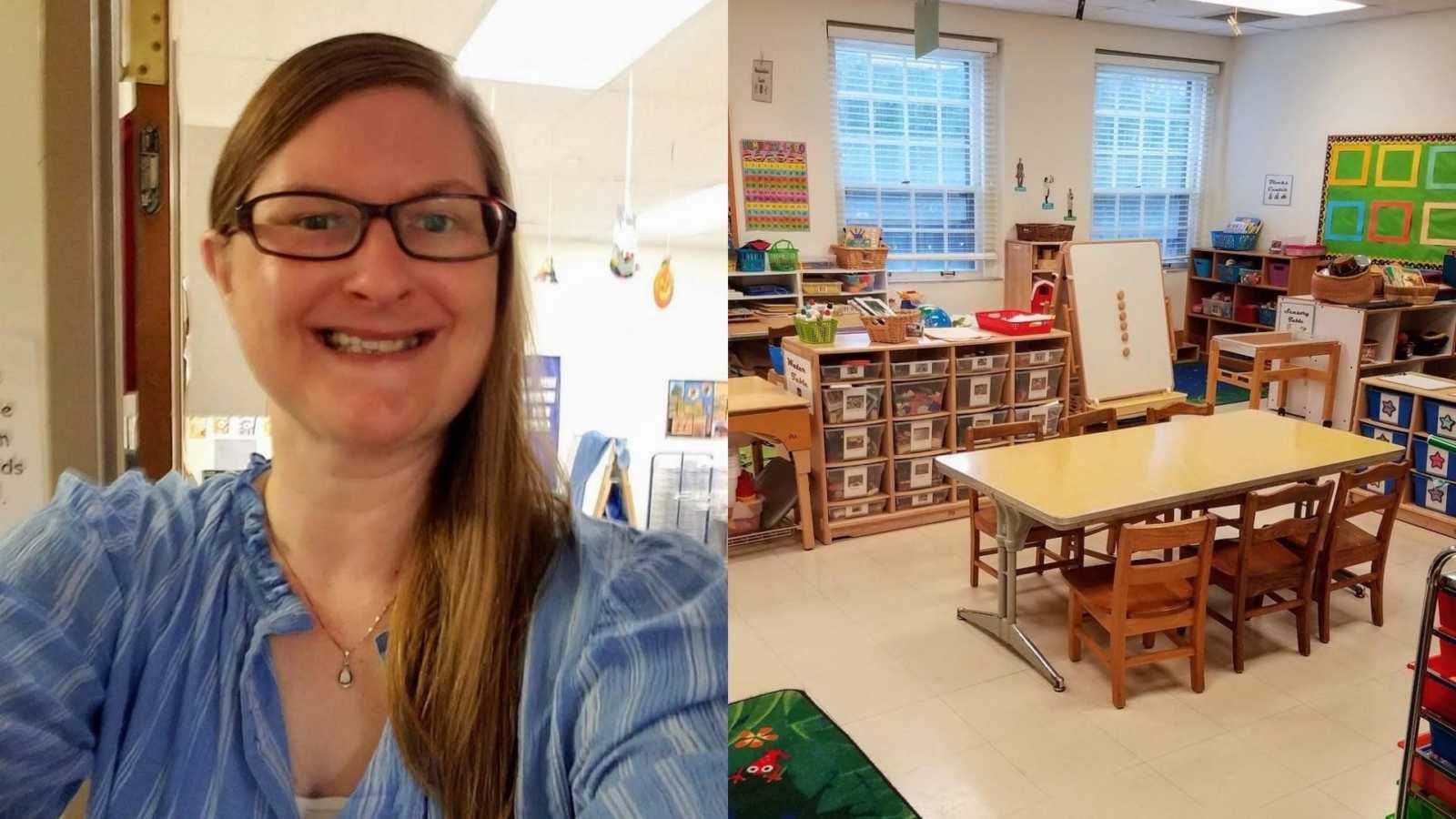“The weekend of March 7th, 2020, my husband and I were in St. Louis visiting friends. We were in need of a getaway, and it was the weekend of my husband’s 59th birthday. Traveling is something we love. It feeds my soul, and it’s how we as a couple get renewed and filled up to be able to do the everyday things in our life. While we were in St. Louis, our conversations were varied, but often circled back to COVID-19 and our concerns, thoughts, and theories about what exactly was COVID-19. How seriously did we need to take this growing pandemic, and how would it ultimately affect us and our families? Little did we know, within a week, our home city would go into quarantine, and we would be asked to stay home for the next two months only getting out to go to work, the grocery store, and doctor’s appointments.

March 15th, 2020 marked the day all teachers would abruptly close their classrooms and say goodbye to their students for what they thought would be a two-week stay at home order to try to get this growing pandemic under control. Within those two weeks the Governor of Kansas, the state I teach in, announced schools would be closing the remainder of the year and online learning would take place to finish out the year. Then the schools closed. That left the early education school I teach for with a decision to make. Do we stay open or do we close?
The majority of our families were starting to work from home, and a lot of the children had siblings who were in elementary school. Since they were out of school, the parents decided to keep their preschool child home as well. The early education center I teach for has about 100 students. Once families made the decision to keep their child home, we were left with about 20 children who needed care full-time. Questions that started to arise were, is it worth it to stay open? Which teachers felt comfortable continuing to work during a growing pandemic? Would there be money to pay staff? The big question was what the health department would require and if they would require us to close.
Ultimately, the health department wanted early education centers to remain open for those parents who were deemed essential. All early education centers are subject to rules and regulations put forth by the local health department. We were required to take children temperatures, parents were not allowed inside the building, classes were not allowed to interact with one another. Each age group had its own entrance and exit into the building and to and from the playground. The hours of operation were changed 7 a.m.-6 p.m. to 7:45 a.m.-5 p.m.
It became very stressful very quickly. Conversations among teachers were mainly about how difficult all the changes are to implement, and if we were really safe. There was a lot of fear of getting COVID-19 and exactly how long this would be going on. At this point, we were not required to wear masks in the classroom. Just when we took temperatures of children upon arrival.
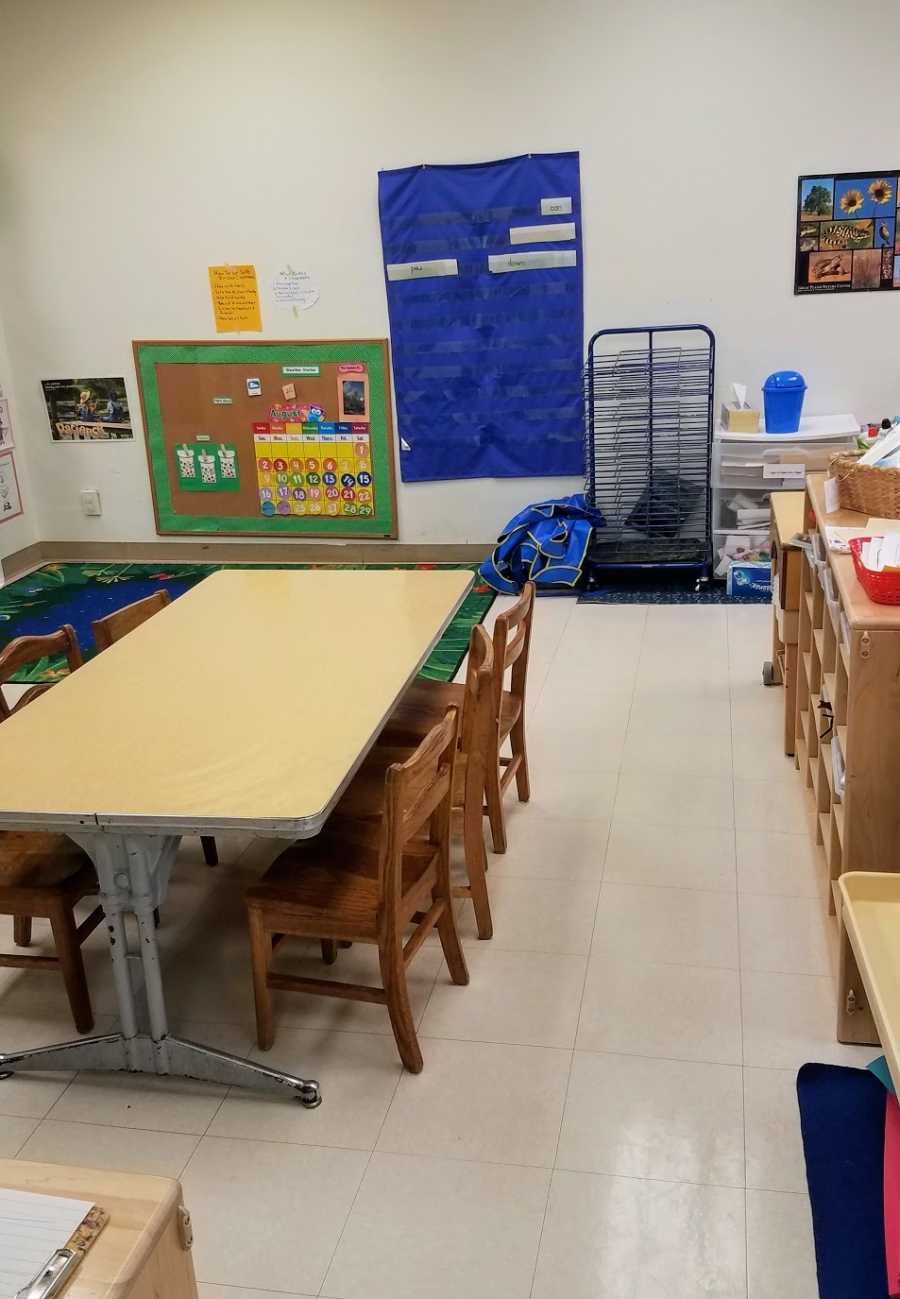
For the first time in the 12 years I had been at the center, all events were canceled. We usually had a Spring music program where the parents gathered to watch their children perform songs they had been learning in music class. We honor mothers with a Mother’s Day Tea. As a pre-K teacher we offer a graduation ceremony and family picnic each year to celebrate the year. All of these events were canceled. I couldn’t quite wrap my head around all that was going on all at once. Traditions and milestones were not happening. Things seemed incomplete, missing the finality that marked the end of a year and all my students had accomplished. It is as if time was moving, but I was stuck in this incomplete space I couldn’t quite reconcile.
From March to May, there were lots of unknowns about the state of the center and how COVID-19 would impact teachers’ jobs. Fear and worry became the everyday norm. During a zoom meeting with the health department, a statement was made that has stuck with me since the pandemic started. ‘It’s not if your center will be affected by COVID-19. It is a matter of when, and it will be affected by COVID-19.’ We were told, ‘Someone will get COVID-19 in your school.’
As I was trying to navigate changes at work, my husband and I were also navigating our personal world being affected by the growing pandemic. When the stay at home order became effective in March, we had to make some tough decisions about our summer vacations that were already planned and paid for. Do we go? Do we cancel? Would we even be able to travel this summer? Ultimately we made the decision to cancel all of our travel plans for the foreseeable future. The heartbreak I felt was tremendous. Travel is in my blood. We both enjoy traveling and seeing new places and soaking up all the culture that our destination has to offer. As days became weeks and weeks became months, we were experiencing all kinds of canceled events and family gatherings. I was beginning to feel more and more isolated from the world.
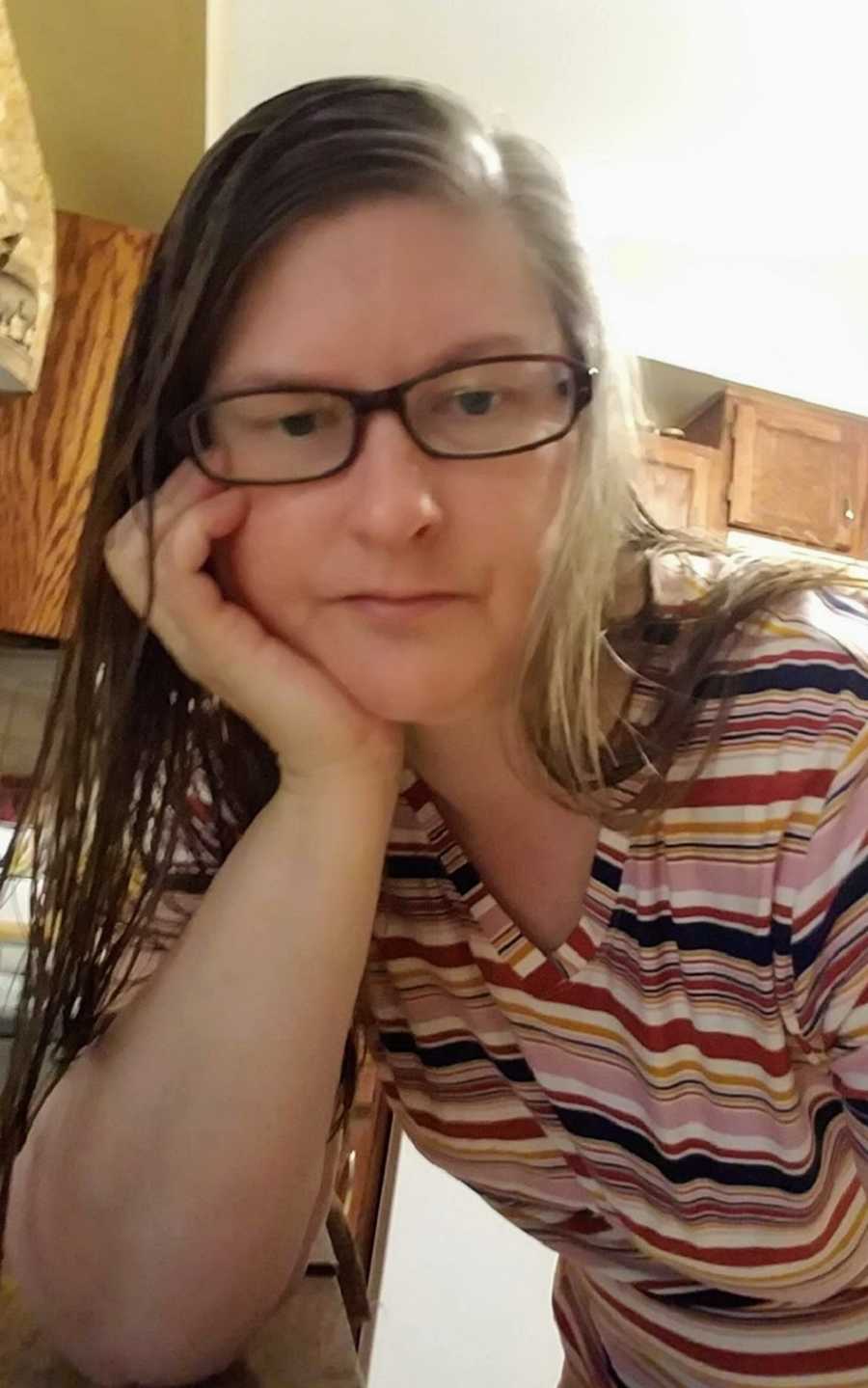
Once summer was on the horizon, the center I work for began to prepare for children to return. The early education center I work at offers care and education all year round. This means we are open in the summer. Even though COVID-19 cases were on the rise in the area our center serves, the health department still wanted early education centers to remain open. More parents were returning to work and were needing care. Classrooms were opening back up and becoming full again.
Fear was still alive and well. For me, I was concerned all these children who have been home for 2 months were now going to be in my classroom. The stay at home order was up and businesses were starting to open up. Travel was slowly ramping up. I knew families would be going on vacations during the summer and potentially spending time with family and friends. As I prepared my classroom for teaching during a pandemic, I honestly couldn’t believe it has come to this.
The restrictions the health department had placed on the classroom seemed unnecessary, but necessary at the same time. Summers were usually packed full of field trips and going to the local community pool to swim. With swimming pools closed and most places that offered field trip opportunities closed or not excepting groups, the summer was going to be a long one. Classroom restrictions seemed even more daunting. No group sensory or water table play unless children had their own tubs and each day the tub was cleaned and bleached. Cleaning and disinfecting toys that were played with daily. It was overwhelming, to say the least.
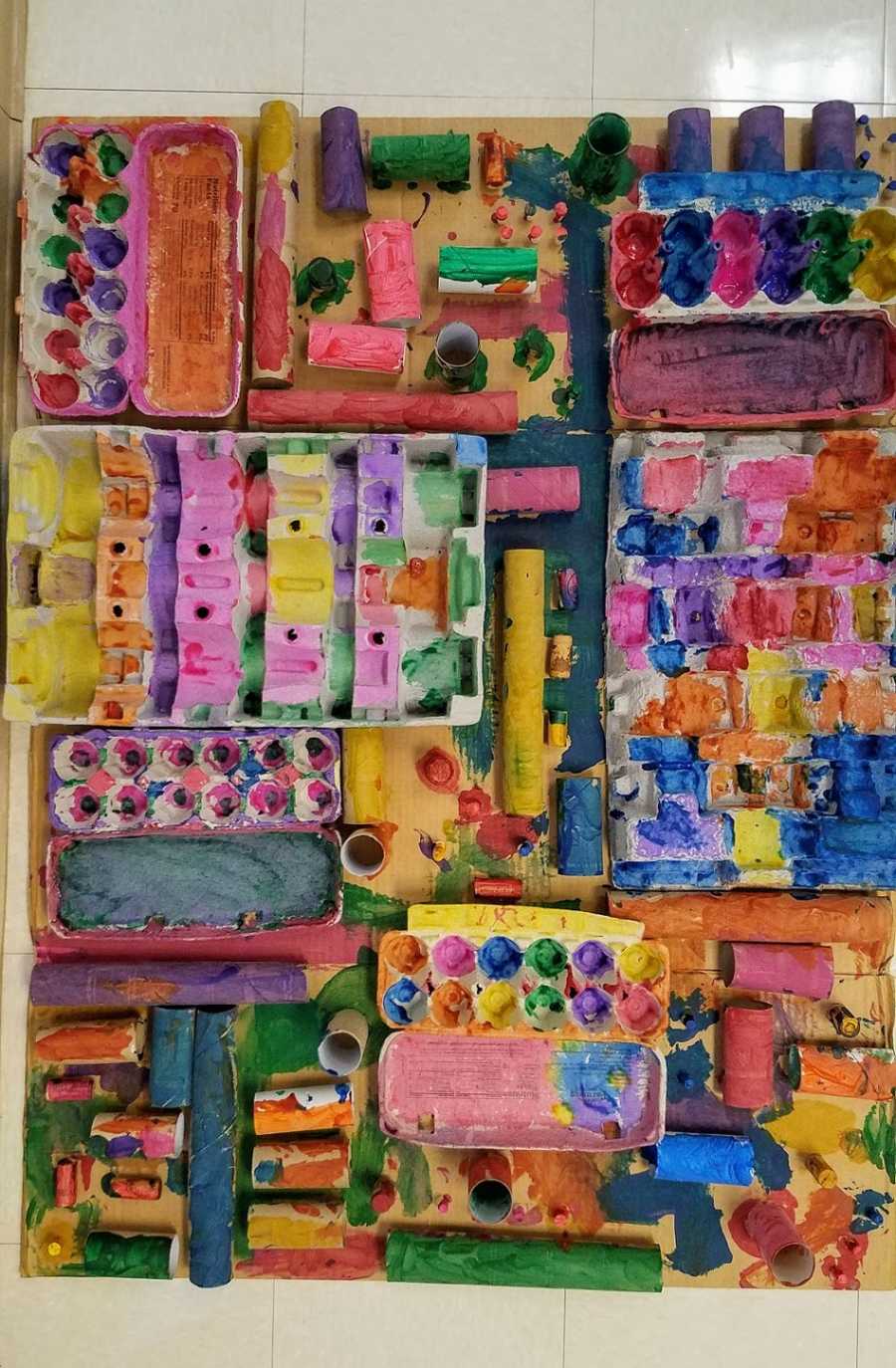
As the close of summer came near, the topic among teachers was focused on local school districts opening back up. What would that look like? Would they do all online, go back full-time, do some sort of hybrid schedule? My thoughts turned to the parents of all the elementary students. The burden they faced in the coming weeks was tremendous. They had to make decisions on whether or not to send their children to school full-time, online, or hybrid. Then what do they do about care if the school closes due to someone having COVID-19? There just didn’t seem to be a right answer.
To complicate the situation the Governor of Kansas announced all schools would have a delayed start date of September 9th. Further, she announced a new order would be put into place that a mask must be worn in all public places including schools. This means that, as a teacher in a preschool classroom, I was now required to wear a mask all day long. Wearing a mask in a classroom, especially a pre-K classroom has been a challenge. So much of the interaction between children and teachers come from talking and facial expressions.
I understand the reason behind wearing a mask in a classroom. Trying to be as safe as possible is important. As a teacher, my thoughts go to how distant I feel from the children in my class. Social interaction is so important between teachers and the children who are in their class. It’s the social interaction that develops a relationship between the teacher and students. It allows the child to feel safe and secure in the classroom and with their teacher.
The last week of summer, the health department made the decision that all children 3 and older in a preschool setting had to wear a mask in the hallways. As I spent the last week with the children I had all year, my heart ached as I watched them put their masks on. It isn’t supposed to be this way. Children are not supposed to spend their early formative years wearing a mask or seeing their caregivers wearing masks.
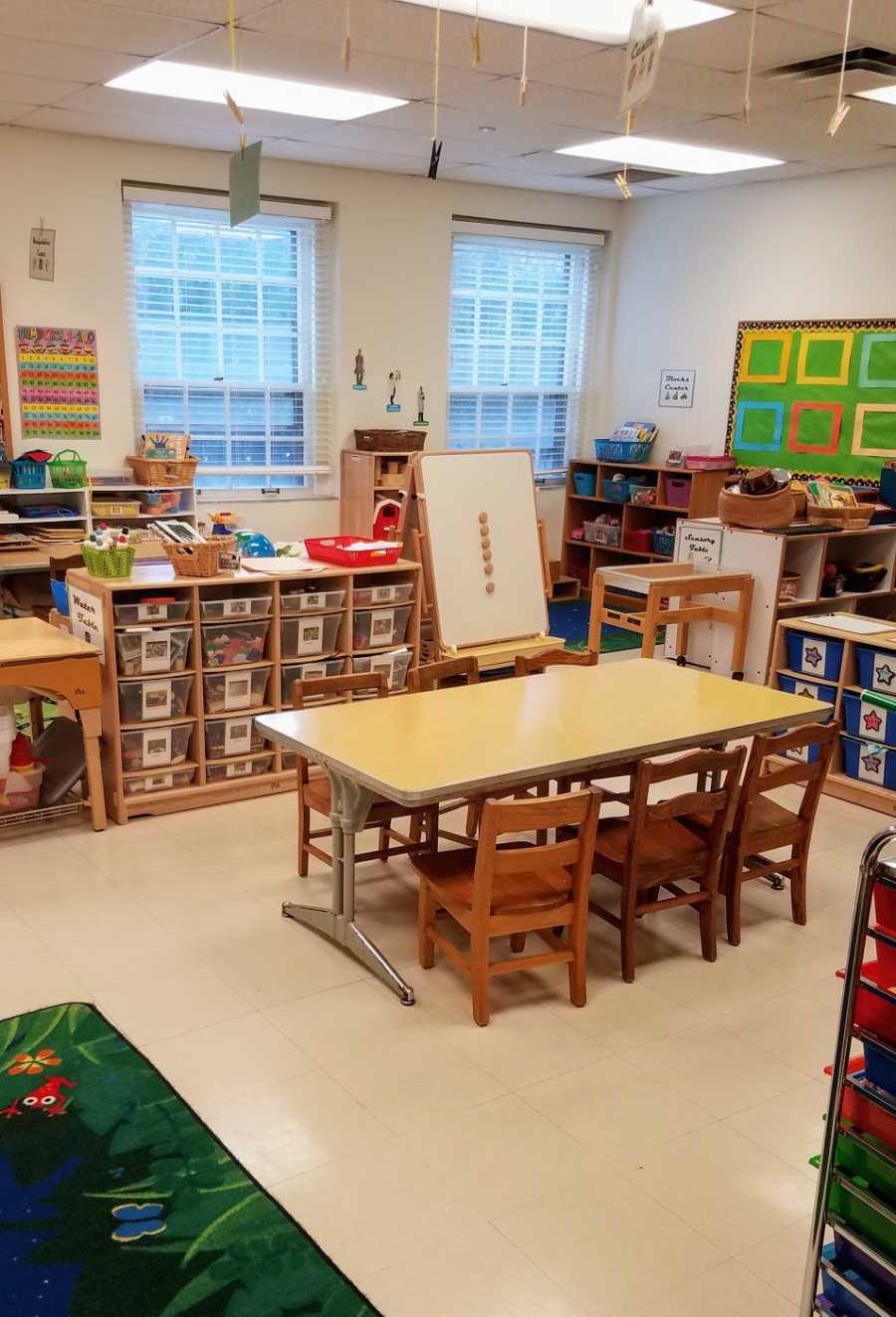
A whole generation of children will have grown-up during a pandemic where their everyday language will include COVID-19, coronavirus, and simply virus. A whole generation of 5-year-olds will not be starting Kindergarten in the traditional way. They will not get to experience the first day of Kindergarten they way their siblings did or friends have. Their parents will miss out on the first day of Kindergarten pictures in front of the school or classroom. The children I nurtured and educated for an entire year will be missing out on a rite of passage. They will look back on this year as the year of the pandemic. The year special events were canceled and things couldn’t be done because of the virus.
The weight of 2020 on my heart as a teacher has been enormous. When I started teaching 15 years ago, never did I ever think I would be navigating teaching during a pandemic.
As I reflect on all that has happened since March. I am anxious for the new year to start and what it will look like. How will I effectively teach and care for the next 12 children in my class when every day, every week something changes and a new challenge is placed before me that puts even more restrictions on my ability to do my job the way I want and need to? It’s not supposed to be this way.”
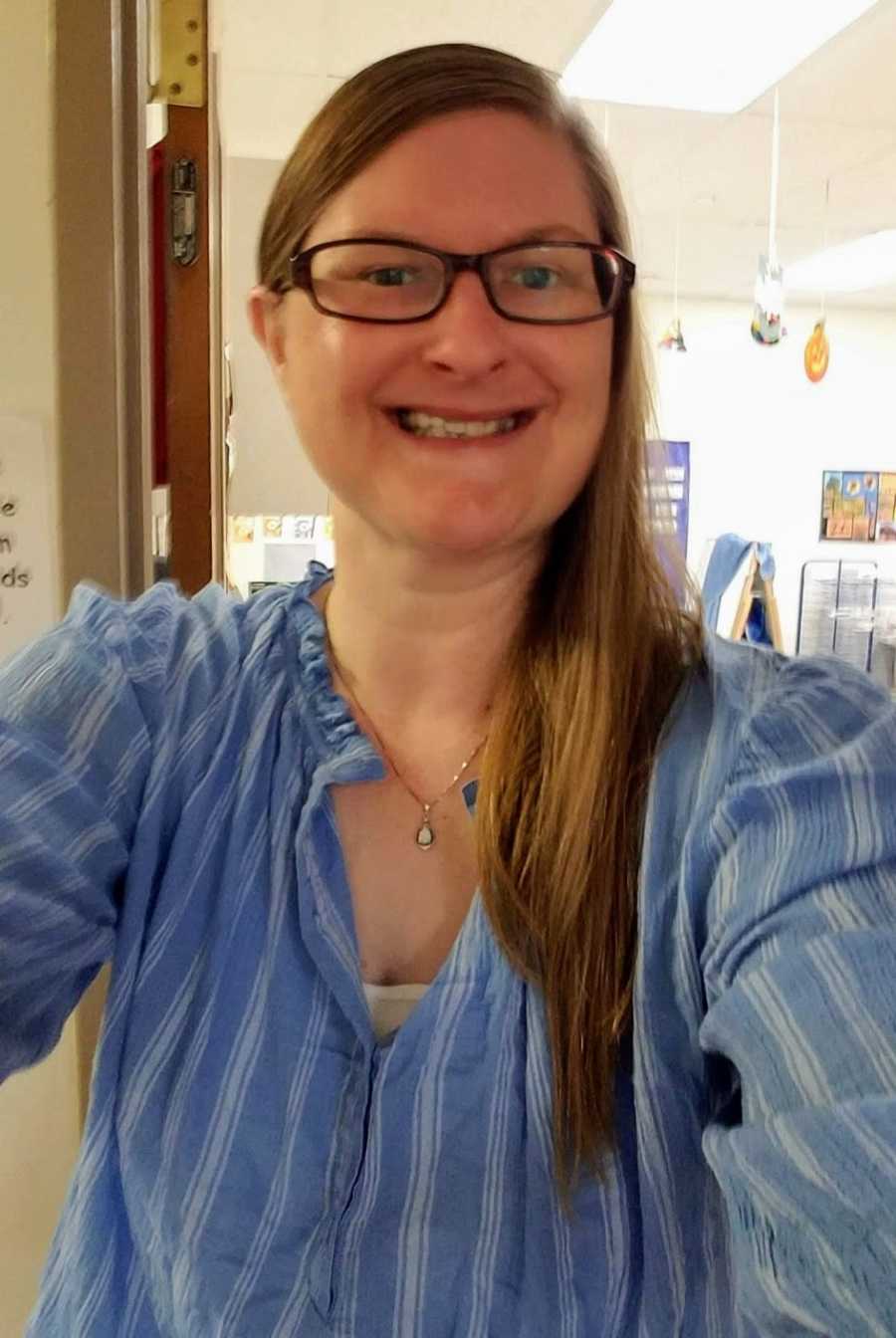
This story was submitted to Love What Matters by Dana Siscoe. You can follow her journey on Instagram or Facebook. Submit your own story here and be sure to subscribe to our free email newsletter for our best stories, and YouTube for our best videos.
Read more stories like this:
Do you know someone who could benefit from this? SHARE this story on Facebook with family and friends.

